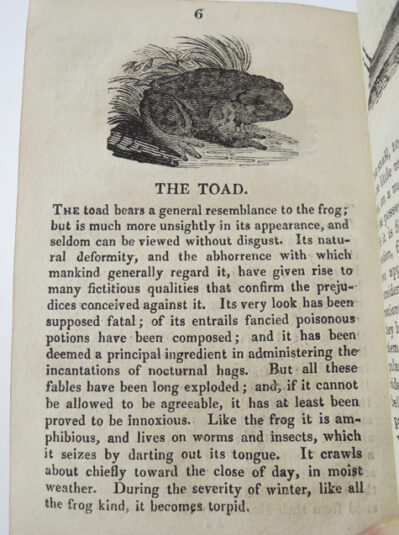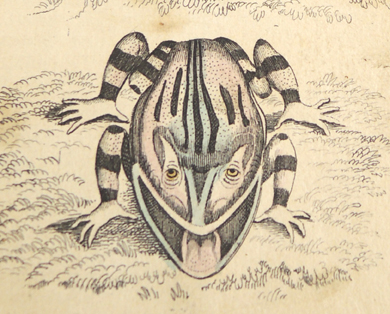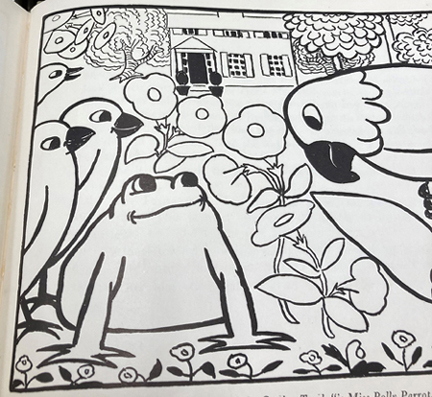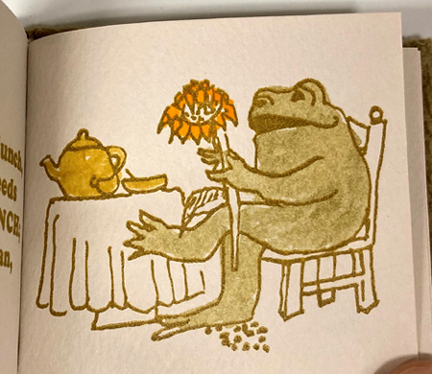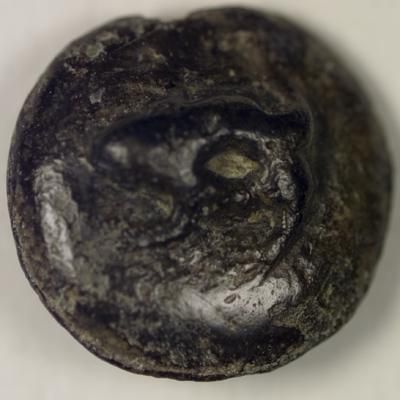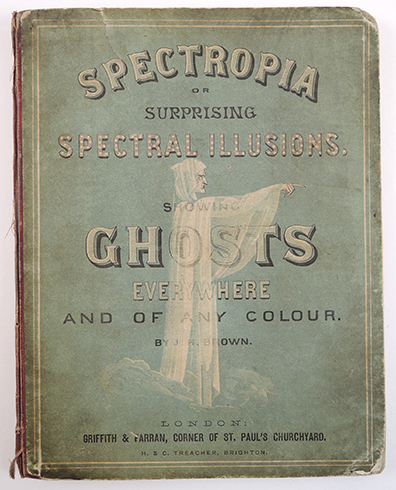 Last Halloween season we took a stroll through our special collections pumpkin patch. Today, we’re looking for ghosts! And we found them in this amazing optical illusion book titled Spectropia; or, Surprising Spectral Illusions. Showing ghosts everywhere, and of any color. Published by J.H. Brown in London in 1864, the book teaches the concept of “the persistency of impressions, and the production of complementary colours on, the retina.”
Last Halloween season we took a stroll through our special collections pumpkin patch. Today, we’re looking for ghosts! And we found them in this amazing optical illusion book titled Spectropia; or, Surprising Spectral Illusions. Showing ghosts everywhere, and of any color. Published by J.H. Brown in London in 1864, the book teaches the concept of “the persistency of impressions, and the production of complementary colours on, the retina.”
The illusion is very simple. In the image above, stare at the small black dot by the ghost’s neck for 20-30 seconds. Then look away at a white wall or ceiling. Her ghostly image will appear in your vision, except in different colors (in this case green wreath, blue ghost)!
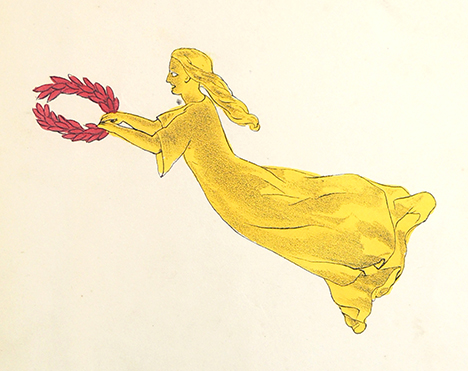
Scientifically speaking, this is called an afterimage. The color receptors in your eyes work in pairs (red/green, blue/yellow, etc.). When you stare at the drawing and one color fatigues your receptors, the other receptor will step in and dominate for a bit.
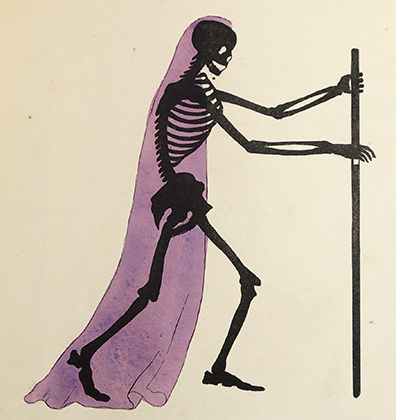
The book has a very lengthy description of this concept, as well as viewing instructions that include having the “gaslight turned low.”

Spectropia also has a disclaimer at the beginning: “As an apology for the apparent disregard of taste and fine art in the plates, such figures are selected as best serve the purpose for which they are intended.”
I wish they might have reprinted the disclaimer before THIS image, which honestly is going to haunt me clear through December:
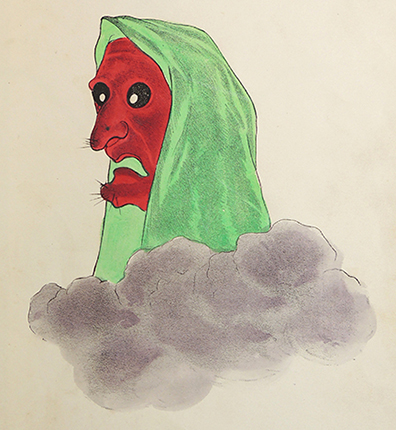 The book concludes with a grand finale image that is not a ghost, but a rainbow! Definitely try this one, because it is so cool to see the colors flip in the afterimage!
The book concludes with a grand finale image that is not a ghost, but a rainbow! Definitely try this one, because it is so cool to see the colors flip in the afterimage!
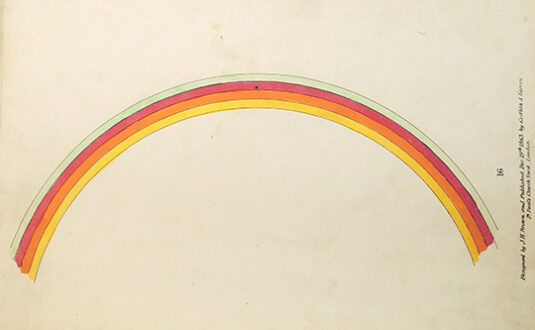
Looking more more optical spooky fun? Try making our tabletop Pepper’s Ghost illusion!
Images from Spectropia; or, Surprising Spectral Illusions. Showing ghosts everywhere, and of any color. J.H. Brown, London. Griffith and Farran.1864. Cotsen Children’s Library, Department of Special Collections, Princeton University Library.
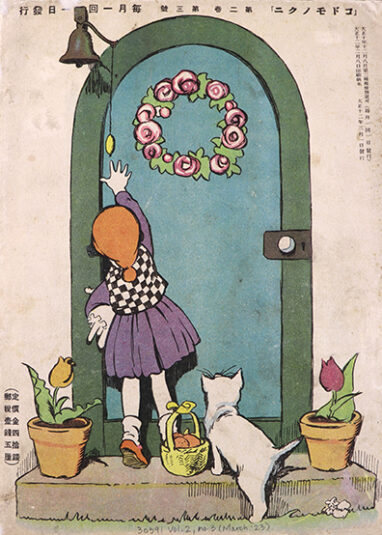 It’s time for the annual #ColorOurCollections, hosted by the New York Academy of Medicine! Each year libraries, archives, and cultural institutions around the world share free coloring sheets based on their collections.We’ve shared birds and alphabets, but this year we just wanted…CUTE ANIMALS. So we delved into our vaults for Kodomo no kuni (The Land of Children), a Japanese children’s magazine that was in circulation from 1922-1944. It did not disappoint!
It’s time for the annual #ColorOurCollections, hosted by the New York Academy of Medicine! Each year libraries, archives, and cultural institutions around the world share free coloring sheets based on their collections.We’ve shared birds and alphabets, but this year we just wanted…CUTE ANIMALS. So we delved into our vaults for Kodomo no kuni (The Land of Children), a Japanese children’s magazine that was in circulation from 1922-1944. It did not disappoint!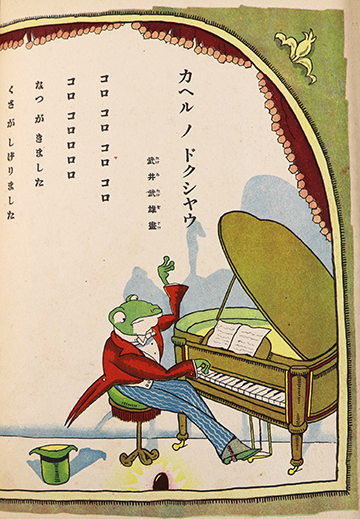
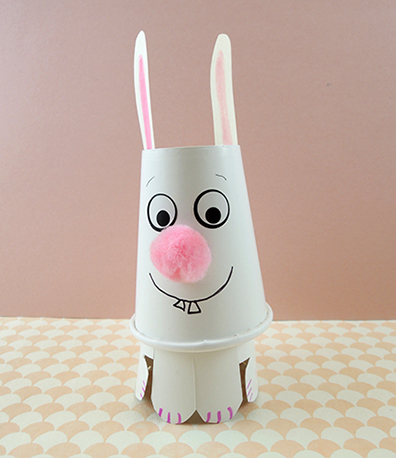
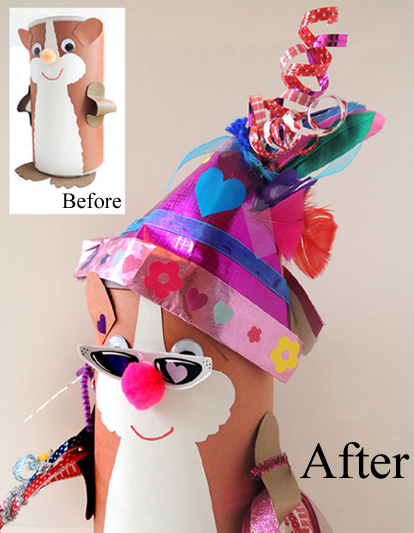 Perhaps you’d like to expand to entire household with this tiny dog house
Perhaps you’d like to expand to entire household with this tiny dog house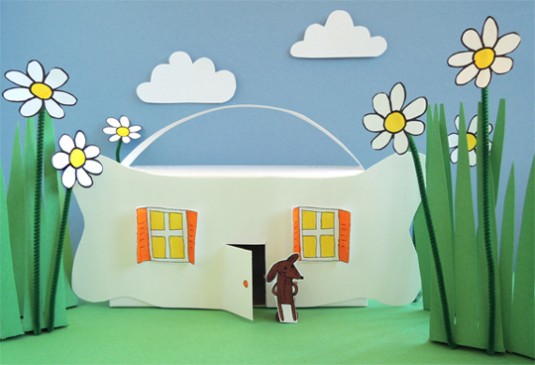
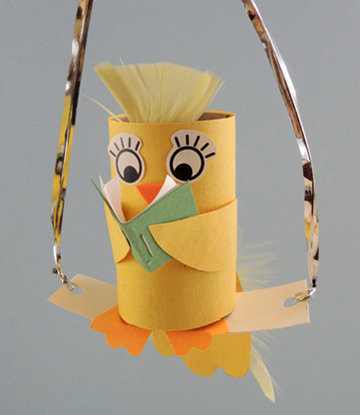 Even alligators can be cute (and this one is a chomping puppet!):
Even alligators can be cute (and this one is a chomping puppet!):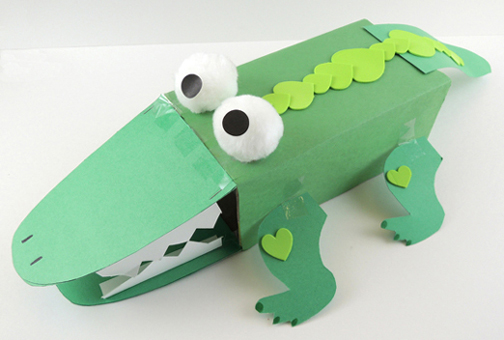 Or make up your own animal entirely!
Or make up your own animal entirely!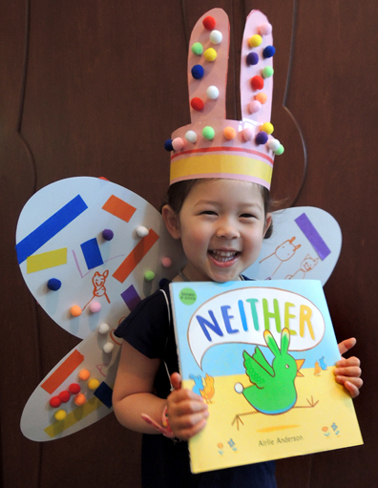

 Last Halloween season we took a stroll through our special collections
Last Halloween season we took a stroll through our special collections 


 The book concludes with a grand finale image that is not a ghost, but a rainbow! Definitely try this one, because it is so cool to see the colors flip in the afterimage!
The book concludes with a grand finale image that is not a ghost, but a rainbow! Definitely try this one, because it is so cool to see the colors flip in the afterimage!
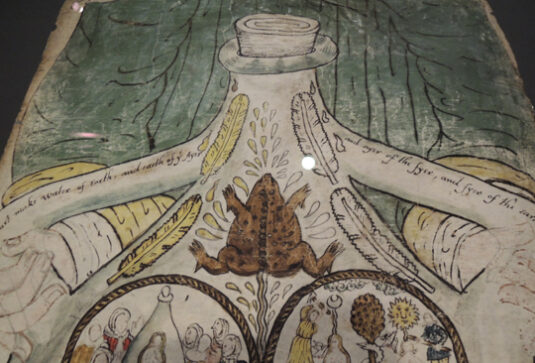 Last week, we delved into the fascinating world of
Last week, we delved into the fascinating world of 